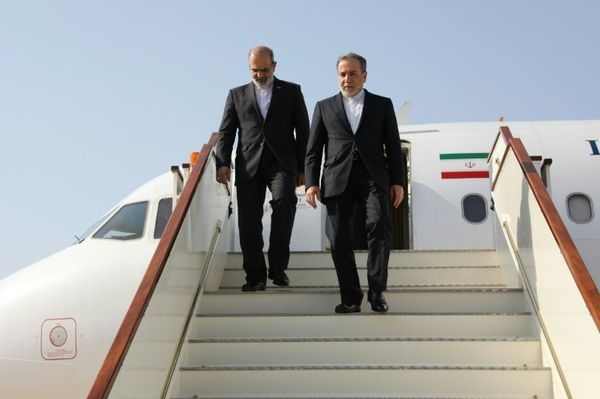
A solar energy project developer linked to Thames Water is to be liquidated and its staff made redundant as the crisis engulfing the debt-laden water supplier puts strain on its complex corporate structure.
Trinzic Operations Ltd, which is ultimately owned by Thames’s parent company Kemble Water Holdings, is to be voluntarily shut down, the Guardian can reveal.
Sources said Trinzic, which is based in London, is subject to a members’ voluntary liquidation – when a solvent company is shut down – and Kemble is attempting to recoup more than £25m from the business.
A filing with the Insolvency Service shows that 37 employees will be made redundant at the company, which was set up to develop floating solar projects on Thames sites to boost the company’s renewable energy generation. The job losses start at the end of the month. Some employees may be given roles at Thames.
It is understood Thames told Trinzic it did not plan to transfer any assets to Trinzic or enter any further commercial arrangements with it after a U-turn by investors on £500m of pledged funding in March. Despite efforts to find further investment, Trinzic will now be wound down.
A source close to Thames said that Kemble was “urgently” attempting to recover funds from Trinzic, as consultants at Alvarez & Marsal work with Kemble to assess its options.
It is unclear whether, after the cash needed for restructuring is spent, any funds recovered from Trinzic will be distributed to external shareholders.
Senior executives at Trinzic are understood to be in line for large payouts – in excess of 12 months’ salary. The majority of staff are expected to leave with redundancy payments worth at least three months’ pay.
Thames Water is laden with £15.2bn of debt and said last week that it only has sufficient funding to run its operations until June next year. If it collapses, it is expected to be temporarily nationalised. Regulator Ofwat has put Thames into a form of special measures.
The Guardian revealed in April that a development company that sells off land no longer needed by Thames, Kennet Properties, paid out a £14.5m dividend in the year to 31 March 2023 despite the difficulties faced by the wider group.
At the time, sources close to Kemble said the Kennet dividend had ultimately reached Trinzic. In Thames’s complex structure, both companies sit outside the ringfenced operating company, which is regulated by Ofwat.
The transfer of funds between the group’s web of companies have been under the spotlight as Thames struggles and the legacy of previous owners, who extracted huge dividends over a number of years, is examined. Ofwat is studying two sets of dividends, of £37.5m and £158m, approved in October and March.
Trinzic was set up as Thames Water Ventures in 2021 under the stewardship of Tony Vasishta, a former executive at the telecoms company Liberty Global where he ran its real estate arm.
The aim was to develop land no longer needed by the household water supplier to build projects generating solar power, storing energy and harnessing heat from the waste network to provide clean energy. The electricity generated would be sold back to Thames – a significant energy user with a £220m energy bill – at an agreed rate, cutting its costs and carbon emissions in the process.
However, documents seen by the Guardian from April show that Thames believed Trinzic’s progress is “significantly behind” its original forecast. The venture was supposed to produce nearly 4,000 megawatt hours of electricity by June 2024, but it was on track to produce less than 1,000MWh by that point, the document said. Thames had already scrapped a target to hit net zero by 2030.
An initial seven project sites were due to be transferred between 2020 and 2025, funded by the regulated Thames Water Utilities Ltd “with a view to sell to Trinzic upon completion”, documents said.
However, they said that a contractor had “raised concerns about TW’s financial position”, causing delays.
Delays were expected to sites in Little Marlow, Iver South and Swindon, it said.
Sources said that executives at Thames and Trinzic had struggled to find a commercial model which benefited both parties, with Thames concerned it was taking on too much risk as they attempted to agree a 25-year power deal.
Kemble declined to comment.







